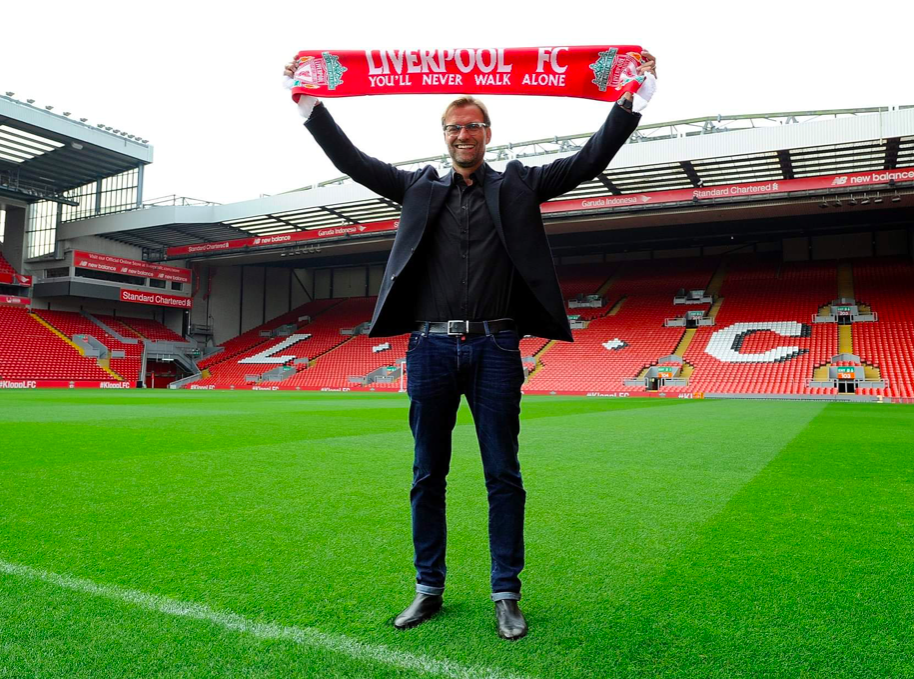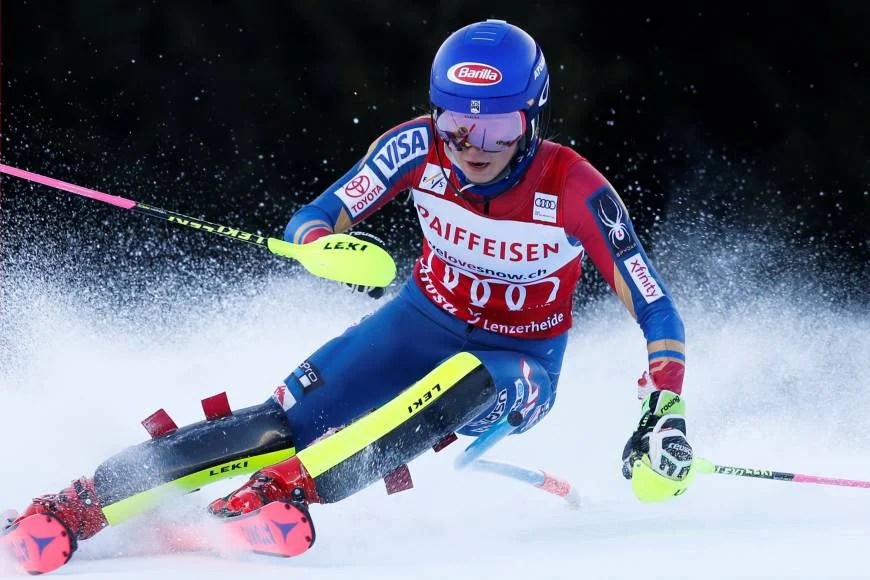Profile: Leadership Lessons From Jürgen Klopp, Liverpool FC's Beloved Coach
Elf
Key Takeaways from the Management Style of Jürgen Klopp
Image via Liverpool FC
Widely regarded as one of the best managers in the world, Jürgen Norbert Klopp is a German professional football manager and former player who is the present manager of the Premier League club Liverpool in Liverpool, England.
In 2015, when 48-year-old Jürgen Klopp accepted the role of Manager for Liverpool Football Club, one of the most well known professional football clubs in England that competes in the top tier of English football (soccer in the United States), he immediately distanced himself from the prior macho rhetoric of other managers of his generation. Instead of emphasizing his own unique prowess like José Mourinho said in his now famous 'The Special One' statement in 2004, Jürgen said, “I’m the normal one.” Over the course of the next five years, Jürgen has transformed this team into a consistent, high performing team. Former coaches are astounded by his results. There are many lessons that you can learn from Jürgen’s management stye and approach to team building and performance.
There was a lot of pressure and attention placed on Jürgen immediately upon his arrival at Anfield. He emphasized that he was an ordinary guy from humble means but that he was determined to do a great job and how important playing “emotional football” was and that he wanted to restore that at Anfield.
“When I left Dortmund, my last sentence was it is not so important what people think when you come in, it is more important what they think when you leave. Please give us time to work on it. If you want, this could be a really special day.”
Image via Liverpool FC
Lesson 1: Recognizing We’re Emotional Beings First
Jürgen recognizes how his athletes are emotional beings first and players subsequently. He knows this first hand as former player himself. He connects with players emotionally by being himself and encouraging them to be so. This gives his players a sense of security and also a place to call home. It is both a sense of safety as much as it is a sense of being wanted and belonging. This feeling of family enables players to connect with each other and overcomes individual competition, as the players focus on working together to win together. It’s also an acceptance of different personalities, strengths and weaknesses. By creating an environment where the players feel comfortable being themselves and are accepted, Jürgen has created an environment of trust. This in turn, has unleashed high performance and positive energy from his team consistently. Trust is key to high performance.
“Jürgen creates a family. We always say 30 percent tactics, 70 percent team-building.”
What does it mean to have an environment of trust? When you have trust in an organization, people feel at ease being themselves, sharing their vulnerabilities, discussing their values and concerns, and sharing their strengths and weaknesses. Acceptance enables vulnerability, which in turn, builds deep trust. A team with trust is unstoppable.
Image via Liverpool FC
Lesson 2: Set Clear Expectations
Counterbalancing the emotional “heart,” Jürgen also has set a clear process and expectations for each player through the tactical side of playing the game applied through both “mind” and “body,” using his now famous system of Gegenpressing, where the team, after losing possession, immediately attempts to win back possession, rather than falling back to regroup. Jürgen has helped each individual player in the team perform at his best by recognizing and harnessing that player’s specific strengths and setting clear expectations for that player in different situations. Jürgen sets clear goals with his team so they are crystal clear about what they are pursuing and what they need to do to achieve these goals.
Image via Liverpool FC
Lesson 3: Maintain Positivity
Success comes with setbacks. Jürgen recognizes this. He does not blame any individual when things do not work out as hoped for or intended. He takes the pressure away and helps the players focus on becoming better for the next game. Jürgen understands well that people always do better when they are in a positive mental and emotional state and also do not feel attacked, blamed, guilty, judged or ashamed. By avoiding such negative behavior common in high performance sports and business that typically antagonizes players and lowers morale, Jürgen has prevented problems from festering and freed up players to jump right back into playing. This release of positive energy and full acceptance of players has been tremendous for morale.
Image via Liverpool FC
Lesson 4: Consistency and Control
To perform well again and again takes practice, control, focus and discipline. Jürgen has put consistency as a top priority for the team. Adding the goalkeeper Alisson and defensive player Virgil Van Dijk have helped take Liverpool FC into one win after the next this season. Part of Jürgen’s consistent approach is emphasizing the team over the individual and choosing players who will play well together and eagerly embrace their roles as part of a cohesive, caring and committed team. Having built a strong environment of trust and acceptance, Jürgen’s players are eager to collaborate together. Using a collaborative player evaluation framework adopted from the US, Jürgen has brought in players like Andy Robertson who are now performing brilliantly and helping Liverpool FC win again and again.
Image via Liverpool FC
Lesson 5: Tell the Story
Jürgen understands intuitively how important story is to both the players and their fans. He connected the team’s present victories to the club’s former legends, Steven Gerrard and Sir Kenny Dalglish. This past summer, in an interview on Sky TV, Jürgen said to Kenny, “It was built on your soul Kenny and on the legs of Stevie,” with incredible humility and emotion.
When Jürgen signed on as manager in 2015, he shared his goal of winning a trophy within four years and helping the football team to advance to the next level.
Photo by Christopher Thomond for The Guardian
“I am a football romantic. I love the stories, the histories. It was my first time at Anfield and I thought about how it would be. I am a really lucky guy. I am looking forward to the first training with the players. I am relaxed. I had four months’ holiday and am in my best shape.
It is the intensity of the football, of how the people live football in Liverpool, all the Liverpool fans around the world. It is not a normal club, it is a special club. I had two very special clubs with Mainz and Dortmund. It is the perfect next step for me to be here and try and help.”
In a fascinating interview with Western Union, Jürgen lays out the five essentials of his leadership style — confidence, simplicity, energy, relationships and leading by example.
With just five years under his belt at Liverpool, Jürgen has led his team to consistent win after win over an entire season that few football teams have ever done before in England. Despite such tremendous success, when it comes to Jürgen Klopp and Liverpool FC, you are left with this strong positive feeling that the best is yet to come.



















